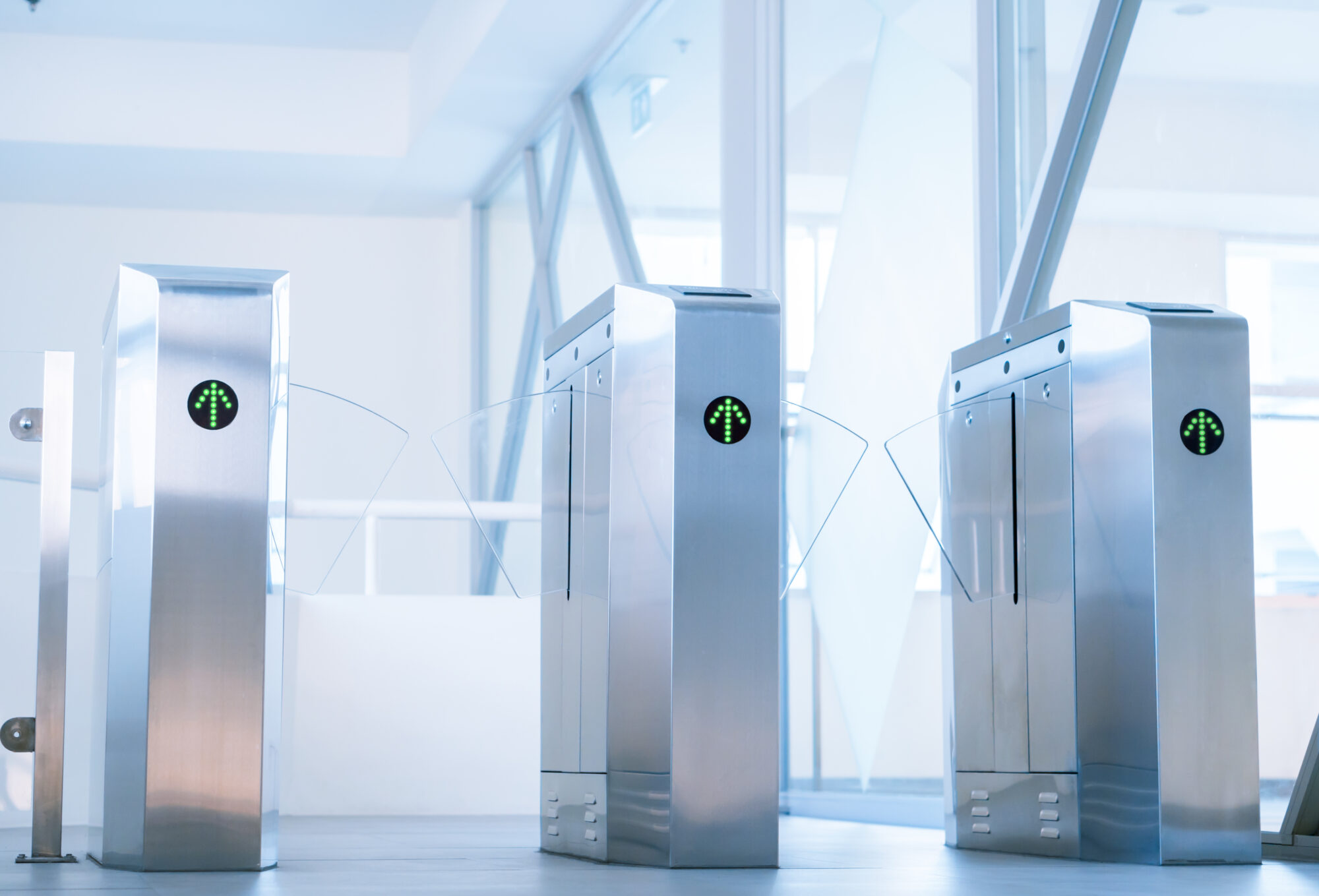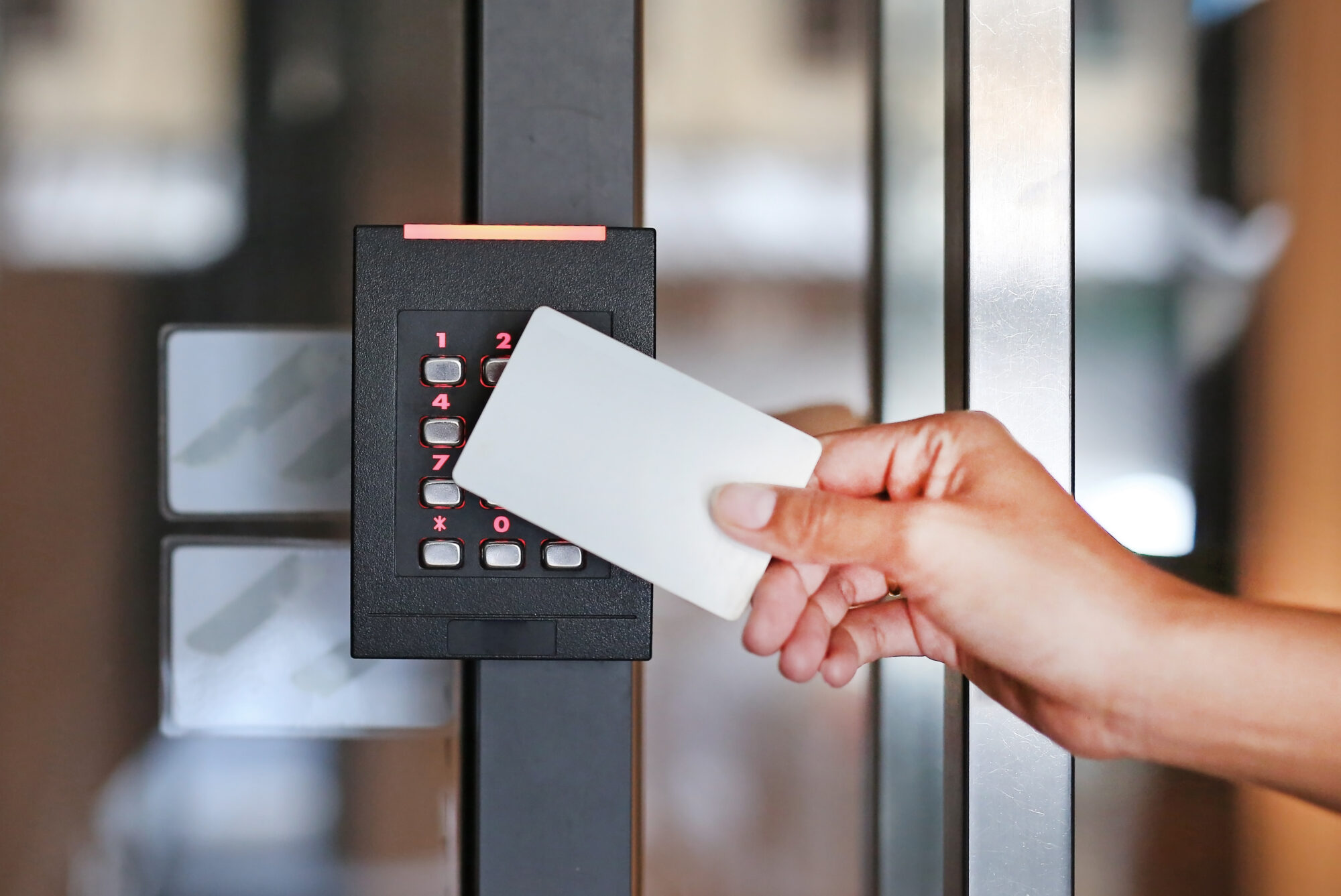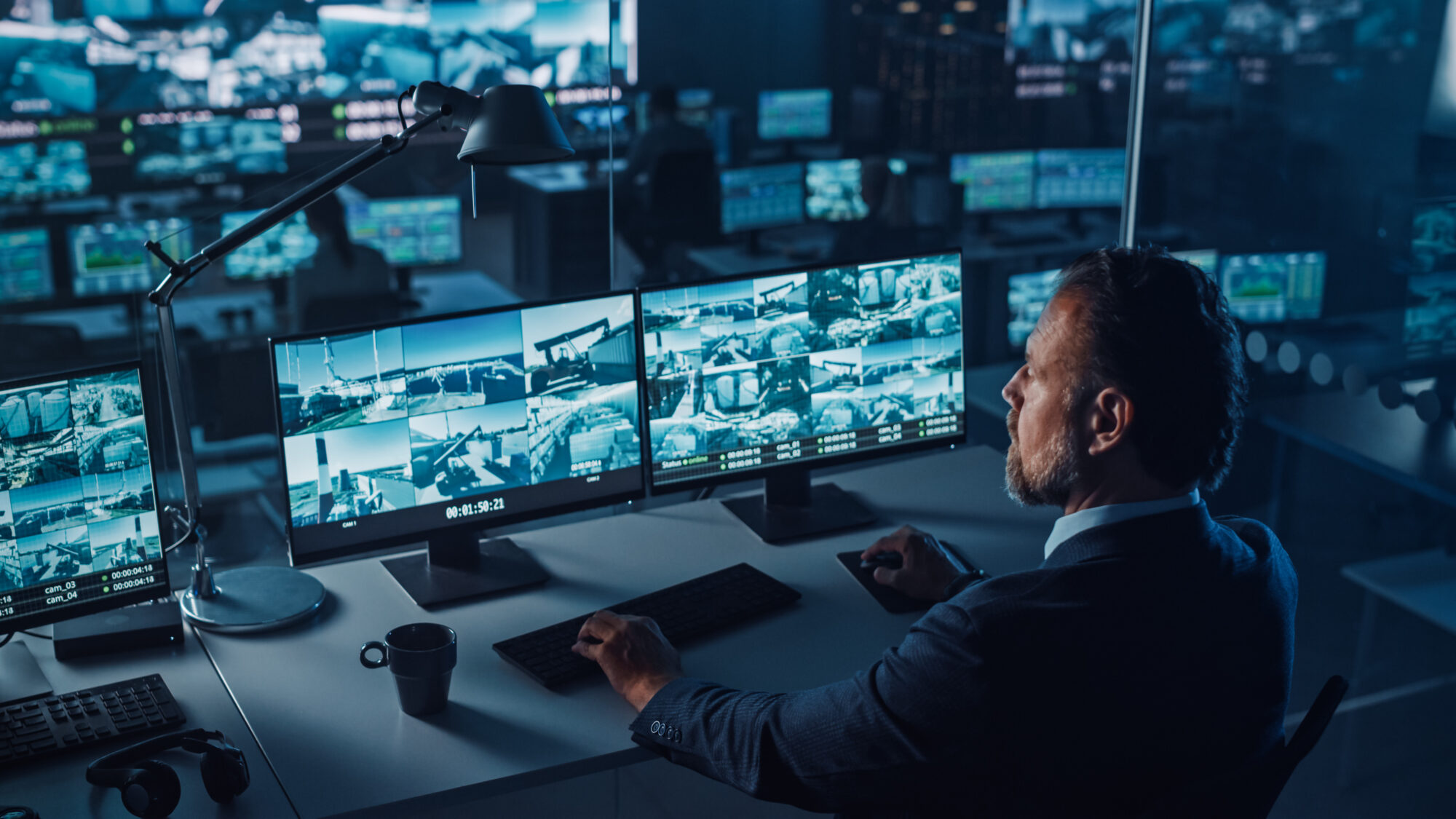What Is Physical Access Control?
Physical access control is a mechanism for creating barriers that prevent the entry of unauthorized people into a specified physical space. Property managers often use advanced access control systems to protect facilities, equipment, people, data and other vital resources from vandalism, theft, disasters and accidental damage.
In fact, implementing a cloud-based access control system is becoming the norm. The cloud allows property teams to monitor building access points and manage credentials from anywhere, at any time. Many enterprises, co-working spaces, commercial real estate companies and educational institutions are already taking advantage of this.
Physical access control takes many forms. The examples of physical access control include but are not limited to:
- Magnetic and electric locks: Magnetic and electric locks for both external and internal access points. A mobile device, key fob, NFC door key and RFID card may be required to unlock doors.
- Video management: A video management system with features such as door mapping, facial recognition and real-time video feeds, that sends notifications about suspicious activities on the building premises.
- Visitor badges: Visitor badges set and restrict guest access to physical spaces.
If you have been neglecting physical access control at your building premises, fear not. Below we’ll dive deeper into the necessity of access control and how you can choose the right physical access control solution.
- Physical Access Control vs. Logical Access Control
- Why Physical Access Control is Important
- Physical Access Control Systems that Run on the Cloud
- How Genea’s Physical Access Control System Works
- What to Look for in Physical Access Control Systems
- Video Surveillance and Physical Access Control

Physical Access Control vs. Logical Access Control
Businesses often implement two types of access control: physical and logical.
Physical access control aims to protect facilities, property and IT hardware, whereas logical access control protects computer networks, system files and data.
Why Physical Access Control is Important
Physical access control is vital for the following reasons:
- Increases physical security, safety and control
- Simplifies visitor management
- Enhances operational efficiencies
- Increases convenience for authorized people to move in and around the building with mobile keys
- Facilitates audit trails for security breaches
Increased physical security, safety and control
Physical access control increases the security of the building by allowing only authorized people to enter the building’s premises.
The physical access control may use several security solutions, including door access systems, video surveillance systems, mobile access control systems and smart sensors to improve the physical security of a building:
- Door access systems may range from a traditional lock-and-key system to an electronic lock that uses access credentials to unlock the door.
- Mobile access control can significantly improve employee convenience without jeopardizing building security.
- Video surveillance systems may enhance physical security if they are integrated with cutting-edge technology like cloud-based access control.
- Smart sensors trigger a warning when a door or window is opened. These sensors can be installed on the doors of server rooms and electric panel rooms to increase security.
Property managers can implement Genea Security technologies to increase the building’s security.
- Mobile access control: Genea’s mobile access control enables employees to use their mobile keys or mobile devices to open doors, gates, networks and more. This technology from Genea eliminates the need for key fobs, access cards or peripherals to manage access control.
- Video management: Genea’s access control system can be integrated with Rhombus Systems, Eagle Eye Networks and Cisco Meraki cameras to monitor facilities and catch unauthorized users.
Simplified visitor management
Visitor management has always been a challenge for property managers. The COVID-19 pandemic has forced property teams to adopt simplified visitor management systems that increase the security and safety of people at the workplace. The main benefit of a visitor management system is that it allows property teams to collect appropriate information from visitors, including their health and vaccination status, the purpose of visit and the person to visit before generating a digital entry pass. Touchless visitor management systems are often integrated with video management technologies to unleash features such as mobile key check-in, facial recognition, host alerts and activity tracking.
Property managers can implement Genea’s touchless visitor management system to streamline the process of managing visitors. Genea’s touchless visitor management system ensures visitors pre-register through a mobile app, fill out a health questionnaire, provide details on COVID-19 vaccination status, the purpose of the visit and the person to visit before generating an access credential in the form of a barcode or QR code.
Audit trail for security breaches
An audit trail is a detailed security-related chronological record that contains information about the date, time and user information associated with a specific security-related operation, event or procedure.
If implemented in conjunction with appropriate tools like physical access control systems, audit trails can help teams understand how security systems were working and what users were doing with these systems when a security breach had happened.
For instance, Genea’s physical access control system assists in audit trails by recording access logs, door opening and closing times and forced attempts to open a locked door. During the audit trail, you can generate access logs for SOC 2 compliance and export the data into an excel sheet for easy understanding.
No lost or stolen keys
Improving convenience for users while maintaining the security of the building is challenging for property teams when traditional lock-and-key sets are used. The main problem with traditional access control is the inconvenience caused due to lost or stolen keys.
Modern-day systems can eliminate these headaches by assigning digital keys to users. For instance, an enterprise can integrate electromagnetic locks with physical access control systems to generate access credentials such as access cards, mobile keys and passcodes for individual users.
Physical Access Control Systems that Run on the Cloud
Businesses can enhance physical security by implementing a cloud-based access control system that enables the IT department to assign access keys to authorized users in any form, including key fobs and access cards from anywhere, at any time.
The following are a few benefits of physical access systems that run on the could:
- Ability to monitor access activities remotely.
- Generate and revoke access credentials immediately.
- Notify the suspicious events and force door open attempts immediately to building supervisors.
- Record and store access logs that help in audit trails.
- Ability to troubleshoot the system remotely on the cloud.
- Can easily be integrated with third-party security software such as video management, visitor management, critical event management and identity management.
How Genea’s Physical Access Control System Works
Genea’s physical access control works in four stages: authorization, authentication, access and audit and management.
1. Authorization
Authorization is a process of registering users into the access control network and giving them baseline access to certain parts of the building. Genea’s cloud-based access control allows administrators to assign different access credentials to different employees with a simple click of a button. These credentials restrict unauthorized users from accessing certain doors at certain times.
2. Authentication
The controller or card reader installed on the door communicates with the cloud database to determine the authenticity of the person who attempts to open the door by providing access credentials such as biometrics, passcode, key fob or mobile key. Genea’s access control system allows users to use their smartphones that were authorized by the administrator rather than using a key fob or access card to increase the convenience.
3. Access
Once the person’s credentials are authenticated in the cloud, a corresponding signal will be sent to the controller to unlock the door.
4. Audit and Manage
The cloud-based access control system records the access logs of users every time they attempt to open a door and stores them in a centralized database. These access logs play a crucial role in identifying reasons for data breaches during audit trails. Genea’s cloud-based access control system offers a global dashboard with a slick interface that makes it easier for administrators to manage users remotely.
What to Look For in Physical Access Control Systems
Teams should look for five vital components in physical access control systems. If these components work seamlessly, the building security would improve significantly.
- Access points: The doors or gates where access control is needed. A building can have a single access point or multiple access points depending on its structure.
- Personal credentials: Users need to present access credentials to enter a building or access the data. The credentials may include passcodes, mobile keys, key fobs or biometrics.
- Readers or Controllers: These are the devices installed at the access point. These devices communicate with the cloud-based access control system to authenticate the user’s credentials before giving access.
- Controller: The controller verifies the authentication token it receives from the readers. If credentials are valid, it sends a signal back to the controller to unlock the door.
- Access control server: It stores the access logs, credentials and user data. Property teams should conduct audit trails and maintenance activities on the access control server regularly to ensure it is not vulnerable to any security breaches.
Video Surveillance and Physical Access Control
Video surveillance and physical access control go hand-in-hand. Physical access control does not only mean managing the access credentials of users. It also emphasizes continuous monitoring of building premises to identify threats and catch unauthorized users. Video surveillance cameras may record and store video feeds but they cannot provide foolproof security to the building.
To provide foolproof security, you need to integrate your existing video surveillance systems with cloud-based access control. The integration can bring in the following features:
- Door mapping: It links the security cameras to door access events.
- Real-time Video Feeds: It triggers an alarm when an incident takes place.
- Facial Recognition: This feature helps in monitoring visitors’ activities at the building’s premises. It captures the face of every visitor entering the building and helps to quickly identify the faces of culprits when an incident takes place.
Simplify Your Access Control with Genea
Physical access control is the first step toward increasing the security of the building. It protects physical assets, simplifies visitor management, facilitates audit trails for security breaches, and increases convenience for authorized people to move around the building with mobile keys.
Choosing the right access control service provider is critical for improving the physical and logical security of the building. Property teams are recommended to implement a cloud-based access control system that can be integrated with existing security systems such as video surveillance, visitor management, smart sensors and electronic locks.
Leaders across industries trust Genea’s physical access control system for the following reasons:
- Cloud-based and secure by design.
- Manages the physical access of multiple properties.
- Ensures adherence to adherence to SOC, PCI, HIPAA and ISO compliance standards.
- Seamless integrations for video management, visitor management, smart sensors, single sign-on (SSO) and critical event management.
- Mobile access control to eliminate security risks that often arise due to stolen or lost physical keys.
- Simplified audit trails.
Book a demo to learn more about how Genea’s cloud-based access control can enhance your building’s security.






